Web Blooper of the Month
Mystery Plug-In Required
Nothing is more frustrating than finding a link to the content you seek, only to find that to view the content, you need a browser plug-in that you don't have.
OK, I take that back. There is one thing more frustrating: not being able to find the @#!$!*&! plug-in because the website that requires it gives you no clues as to what plug-in you need.
BayInsider.com
BayInsider.com, a SF Bay Area information site run by local television station KTVU, offers traffic cameras so Bay Area residents can check highway traffic conditions before heading out on trips. The traffic images are updated every few seconds. Unfortunately, viewing the traffic images requires a browser plug-in. What plug-in? I don't know, because neither BayInsider.com nor Netscape.com (where BayInsider sent me to get the plug-in) would say.
First, I clicked on the camera image I wanted to see.
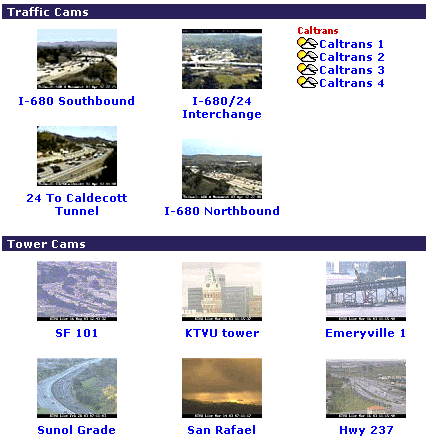
In place of an image, a message appeared saying I needed a plug-in (without naming the plug-in), and providing a link to "get the plug-in".
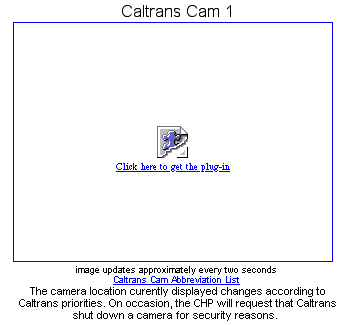
Clicking on that link brought up a dialog box from Netscape.com saying that I needed a plug-in. Thanks, but I already knew that. There was a button to "Get the plug-in". I clicked it.
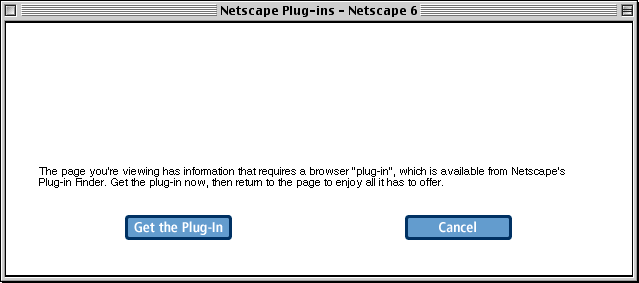
Finally, I am taken to Netscape's page that lists plug-ins for viewing the content of the page on which we started this journey. I am supposed to choose a plug-in to download and install into my browser.
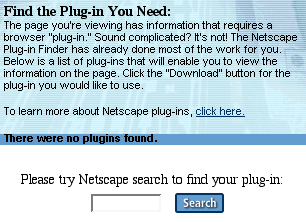
Unfortunately, the list is blank: Netscape tells me (in poor English grammar) that it couldn't find any relevant plug-ins. As compensation, it offers to let me search Netscape's entire plug-in repository to find the one I might need. How am I supposed to do that, when neither BayInsider nor Netscape provided any information about what plug-in I need?
Florida State U -- Powers of Ten Demo
BayInsider is only one of many, many websites that require mystery plug-ins to view their content. Florida State University, for example, has a nice demonstration of zooming from a view of a leaf up to the Milky Way galaxy and down to components of the atom, entitled "Powers of Ten". Unfortunately, when I tried to view the demo on my Mac, I got the dreaded "missing plug-in" symbol and a link to "get the plug-in", with no information about what plug-in was needed.
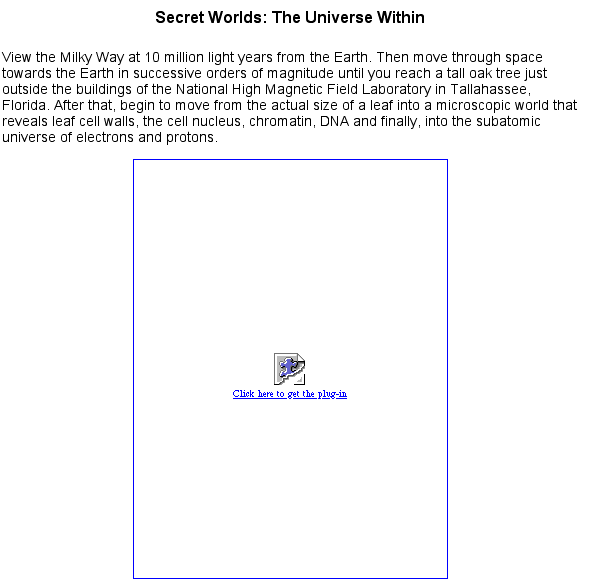
Predicably, it lead me down the same wild-goose chase as the BayInsider site had.

Ending at the same dead-end. Aaargh!

Why is it that so many plug-in quests dead-end at Netscape's archive, with Netscape coming up empty-handed?
Avoiding the Blooper
As Web designers and developers, we really must do better at assuring that visitors to our websites have or can get the required plug-ins. Otherwise, we are just blowing off a large number of potential customers.
The following is a preliminary list of guidelines, but I'm open to suggestions for more.
- Go to great effort to avoid requiring unusual plug-ins. If your site requires plug-ins, try to make them the ones most people have, e.g., Flash, Acrobat Reader, Quicktime, Windows Media Player.
- Don't require the absolute latest version of a plug-in. Most people won't have it yet. To be safe, base your content on last year's version of the plug-in.
- Identify the required plug-in in the ALT text for the content-element, and perhaps nearby on the page. That way, if people try to find the plug-in at Netscape's archive, they will know what to look for.